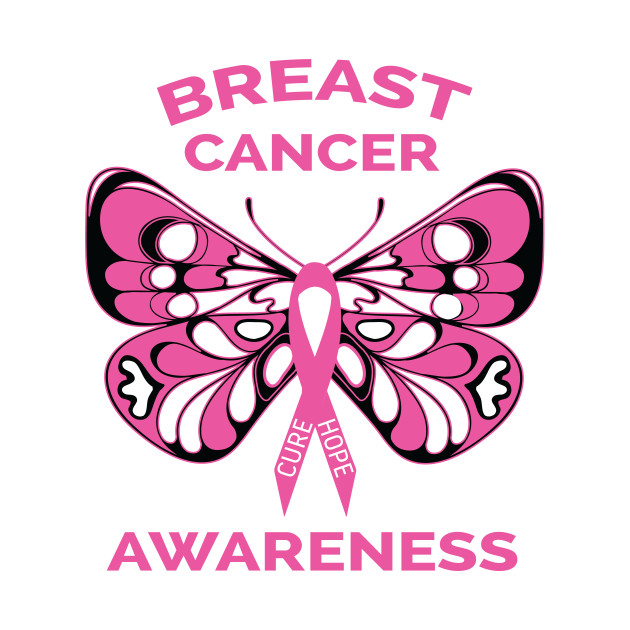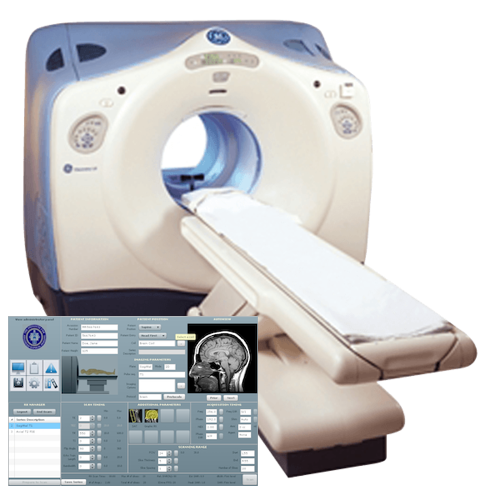|
Sulfur is called nature's "beauty mineral" because it keeps skin smooth and youthful and hair glossy. Sulfur is necessary for the production of collagen and keratin, proteins necessary for the health and maintenance of skin, nails and hair'
$14.95
|
|
Cancer Treatment >
Radiation therapy
External Beam Radiation Therapy for Cancer
External beam radiation therapy comes from a machine that aims radiation at your cancer. It is a local treatment, which means it treats a specific part of your body. For example, if you have cancer in your lung, you will have radiation only to your chest, not to your whole body. External beam radiation therapy is used to treat many types of cancer.
Radiation therapy is one of the most important aspect of cancer treatment. Sixty to seventy percent of all cancers will eventually have to undergo various forms of radiation therapy. All the videos provided below are in the public domain and is for educational purposes and should help understand the procedures involved in radiation therapy. The videos below can be expanded to full screen. They will give you a very good understanding of what radiation therapy is all about.
What to Expect When Having External Beam Radiation TherapyHow Often You Will Have External Beam Radiation TherapyMost people have external beam radiation therapy once a day, five days a week, Monday through Friday. Radiation is given in a series of treatments to allow healthy cells to recover and to make radiation more effective. How many weeks you have treatment depends on the type of cancer you have, the goal of your treatment, the radiation dose, and the radiation schedule. The span of time from your first radiation treatment to the last is called a course of treatment.
Researchers hope these different schedules for delivering radiation may be more effective and cause fewer side effects than the usual way of doing it or be as effective but more convenient. Where You Go for External Beam Radiation TherapyMost of the time, you will get external beam radiation therapy as an outpatient. This means that you will have treatment at a clinic or radiation therapy center and will not stay the night in the hospital. What Happens Before Your First External Beam Radiation Therapy TreatmentYou will have a 1- to 2-hour meeting with your doctor or nurse before you begin radiation therapy. At this time, you will have a physical exam, talk about your medical history, and maybe have imaging tests. Your doctor or nurse will discuss external beam radiation therapy, its benefits and side effects, and ways you can care for yourself during and after treatment. You can then choose whether to have external beam radiation therapy. If you decide to have external beam radiation therapy, you will be scheduled for a treatment planning session called a simulation. At this time:
What to Wear for Your TreatmentsWear clothes that are comfortable and made of soft fabric, such as fleece or cotton. Choose clothes that are easy to take off, since you may need to expose the treatment area or change into a hospital gown. Do not wear clothes that are tight, such as close-fitting collars or waistbands, near your treatment area. Also, do not wear jewelry, adhesive bandages, or powder in the treatment area. What Happens During a Treatment Session
The radiation therapist will leave the room just before your treatment begins. He or she will go to a nearby room to control the radiation machine. The therapist watches you on a TV screen or through a window and talks with you through a speaker in the treatment room. Make sure to tell the therapist if you feel sick or are uncomfortable. He or she can stop the radiation machine at any time. You will hear the radiation machine and see it moving around, but you won't be able to feel, hear, see, or smell the radiation. Most visits last from 30 minutes to an hour, with most of that time spent placing you in the correct position. How to Relax for Treatment SessionsKeep yourself busy while you wait.
External Beam Radiation Therapy Will Not Make You RadioactivePeople often wonder if they will be radioactive when they are having treatment with radiation. External beam radiation therapy will not make you radioactive. You may safely be around other people, even pregnant women, babies, and young children. How Radiation Therapy Works Against Cancer Radiation therapy does not kill cancer cells right away. It takes days or weeks of treatment before DNA is damaged enough for cancer cells to die. Then, cancer cells keep dying for weeks or months after radiation therapy ends. Types of Radiation Therapy The type of radiation therapy that you may have depends on many factors, including:
External Beam Radiation Therapy External beam radiation therapy comes from a machine that aims radiation at your cancer. The machine is large and may be noisy. It does not touch you, but can move around you, sending radiation to a part of your body from many directions. External beam radiation therapy is a local treatment, which means it treats a specific part of your body. For example, if you have cancer in your lung, you will have radiation only to your chest, not to your whole body. Internal Radiation Therapy Internal radiation therapy is a treatment in which a source of radiation is put inside your body. The radiation source can be solid or liquid. Internal radiation therapy with a solid source is called brachytherapy. In this type of treatment, seeds, ribbons, or capsules that contain a radiation source are placed in your body, in or near the tumor. Like external beam radiation therapy, brachytherapy is a local treatment and treats only a specific part of your body. With brachytherapy, the radiation source in your body will give off radiation for a while. Internal radiation therapy with a liquid source is called systemic therapy. Systemic means that the treatment travels in the blood to tissues throughout your body, seeking out and killing cancer cells. You receive systemic radiation therapy by swallowing, through a vein via an IV line, or through an injection. With systemic radiation, your body fluids, such as urine, sweat, and saliva, will give off radiation for a while. Why People with Cancer Receive Radiation Therapy Radiation therapy is used to treat cancer and ease cancer symptoms. When used to treat cancer, radiation therapy can cure cancer, prevent it from returning, or stop or slow its growth. When treatments are used to ease symptoms, they are known as palliative treatments. External beam radiation may shrink tumors to treat pain and other problems caused by the tumor, such as trouble breathing or loss of bowel and bladder control. Pain from cancer that has spread to the bone can be treated with systemic radiation therapy drugs called radiopharmaceuticals. Types of Cancer that Are Treated with Radiation Therapy: External beam radiation therapy is used to treat many types of cancer. Brachytherapy is most often used to treat cancers of the head and neck, breast, cervix, prostate, and eye. A systemic radiation therapy called radioactive iodine, or I-131, is most often used to treat certain types of thyroid cancer. Another type of systemic radiation therapy, called targeted radionuclide therapy, is used to treat some patients who have advanced prostate cancer or gastroenteropancreatic neuroendocrine tumor (GEP-NET). This type of treatment may also be referred to as molecular radiotherapy. How Radiation Is Used with Other Cancer Treatments When radiation is combined with surgery, it can be given:
Lifetime Dose Limits Radiation Therapy Can Cause Side Effects Special Diet Needs If you are having trouble eating and maintaining your weight, talk to your doctor or nurse. You might also find it helpful to speak with a dietitian. For more information about coping with eating problems see the booklet Eating Hints or read more about side effects. Working During Radiation Therapy You are likely to feel well enough to work when you first start your radiation treatments. As time goes on, do not be surprised if you are more tired, have less energy, or feel weak. Once you have finished treatment, it may take just a few weeks for you to feel better—or it could take months. Radiation Therapy Side EffectsRadiation not only kills or slows the growth of cancer cells, it can also affect nearby healthy cells. Damage to healthy cells can cause side effects. Many people who get radiation therapy have fatigue. Fatigue is feeling exhausted and worn out. It can happen all at once or come on slowly. People feel fatigue in different ways and you may feel more or less fatigue than someone else who is getting the same amount of radiation therapy to the same part of the body. Other radiation therapy side effects you may have depend on the part of the body that is treated. To see which side effects you might expect, find the part of your body being treated in the following chart. Many of the side effects in the list link to more information in the Side Effects section. Discuss this chart with your doctor or nurse. Ask them about your chances of getting each side effect. Treatment Areas and Possible Side Effects
Healthy cells that are damaged during radiation treatment usually recover within a few months after treatment is over. But sometimes people may have side effects that do not improve. Other side effects may show up months or years after radiation therapy is over. These are called late effects. Whether you might have late effects, and what they might be, depends on the part of your body that was treated, other cancer treatments you've had, genetics, and other factors, such as smoking. |
|
|
||||||||||||||||||||||||||||

OPEN 24 HOURS: ACCIDENT EMERGENCY, LAB SERVICES, IMAGING SERVICES & PHARMACY










